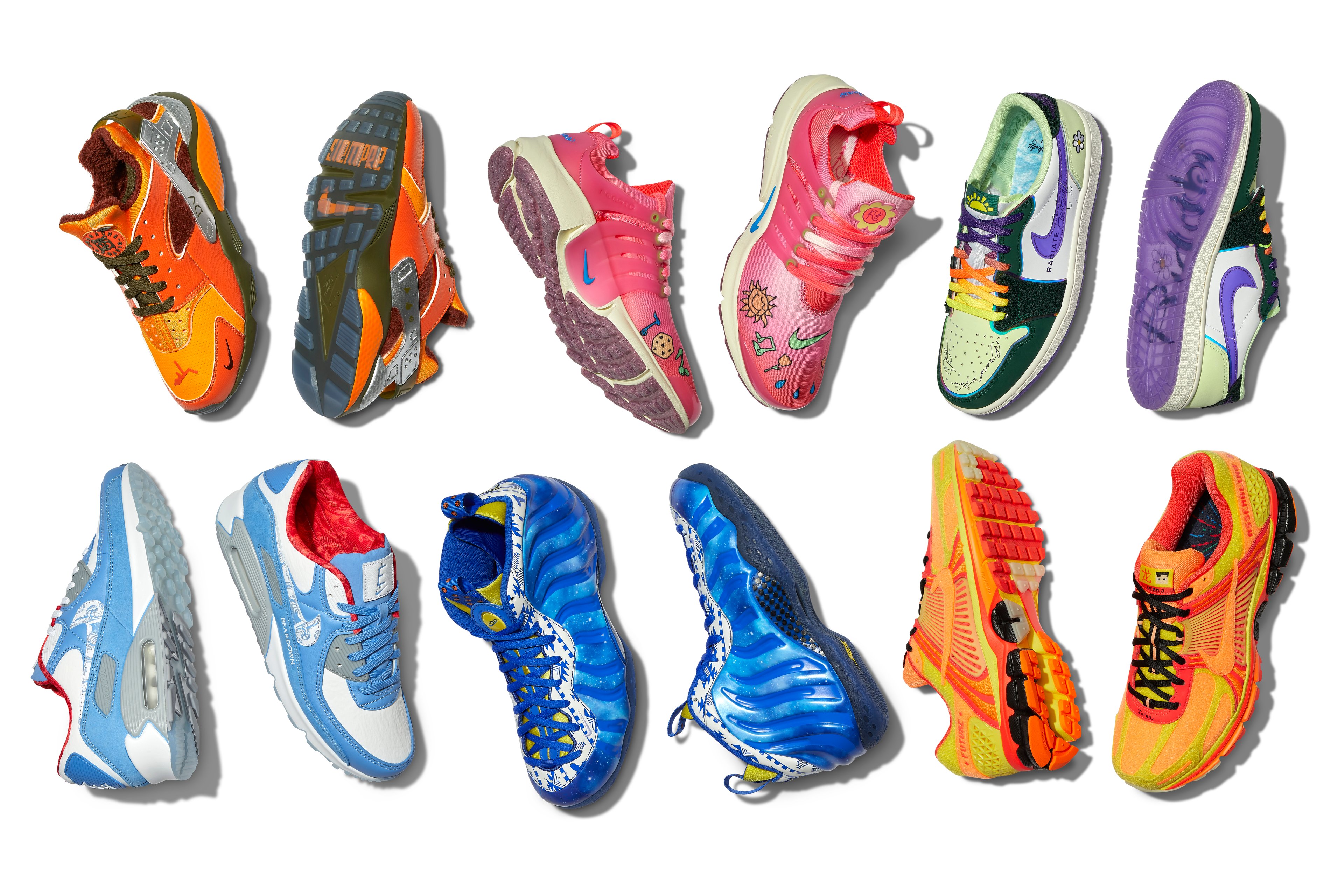
Nike (NKE +1.01%) reports fiscal first-quarter 2016 results this Thursday after the market close. After last quarter's impressive showing, can the athletic footwear and apparel behemoth exceed Wall Street's models, yet again?
The headline numbers (aren't what they seem)
Analysts, on average, anticipate Nike's revenue will climb "just" 2.9% year over year, to $8.21 billion, while earnings are expected to rise a more impressive 9.2%, to $1.19 per share. That makes sense considering Nike's gross margin has enjoyed steady expansion in recent quarters thanks to a combination of higher average selling prices, and solid growth from Nike's high-margin direct-to-consumer, or DTC, business.
If Nike's expected top-line growth seems underwhelming, remember that, this time last year, the company was making investments to capitalize on momentum following the 2014 FIFA World Cup. In addition, the reported figures include the ongoing negative effects of foreign exchange. More than half of Nike brand revenue typically comes from international markets, so its overall results may be hindered by the strengthening of the U.S. dollar.
Total revenue climbed 5%, to $7.78 billion billion last quarter, for example, but sales increased 13% on a constant-currency basis. Similarly, worldwide futures orders -- for Nike products scheduled for delivery from June through November -- rose 2%, to $13.5 billion, but they would have climbed 13% excluding the effect of currencies.
Nike is hardly the only U.S.-based company operating on a global scale to be hurt by foreign exchange. We can't ignore the very real financial consequences that currency fluctuations hold, but Nike's solid financial position means it's more than equipped to weather these temporary headwinds, and extend its lead over smaller rivals.
In fact, earlier this year, Nike CEO Mark Parker argued: "[W]e see this as an opportunity to create further separation in the marketplace. Our globally diverse portfolio of geographies, categories, brands, product types, and distribution channels gives us a distinct competitive advantage."
Broad-based strength
Sure enough, Nike has enjoyed broad-based growth since then, with revenue last quarter increasing 14% on a constant-currency basis in North America, 17% in Western Europe, 20% in both Greater China and Central and Eastern Europe, and 19% in Japan. Only in emerging markets did Nike suffer a revenue decline -- of 3%.
But that "weakness" came not only as Nike worked to clear excess inventory in Mexico from a distribution center transition last fiscal year, but also followed a difficult comparison to the same year-ago period during which Nike saw a huge boost in sales in Brazil related to the World Cup. By last quarter's end, Nike insisted it remained competitively positioned in both markets.
Meanwhile, investors should anticipate continued strong growth in DTC, which includes Nike.com, revenue from which rose 27% year over year last quarter. With it, gross margin should also continue to trend higher on a year-over-year basis.
Investors should also anticipate hints of accelerated growth in the coming quarters as the influence of last year's World Cup investments wane. For the full fiscal year, Nike's most-recent guidance calls for revenue growth in the mid-single digits, and in the low-double digits on a constant-currency basis.
Whether Nike meets or exceeds those expectations later this week remains to be seen. But with shares now trading up more than 20% so far in 2015 -- compared to a modest 4.5% decline from the S&P 500 during the same period -- you can bet that Nike investors wouldn't mind extending their streak with another great report.






